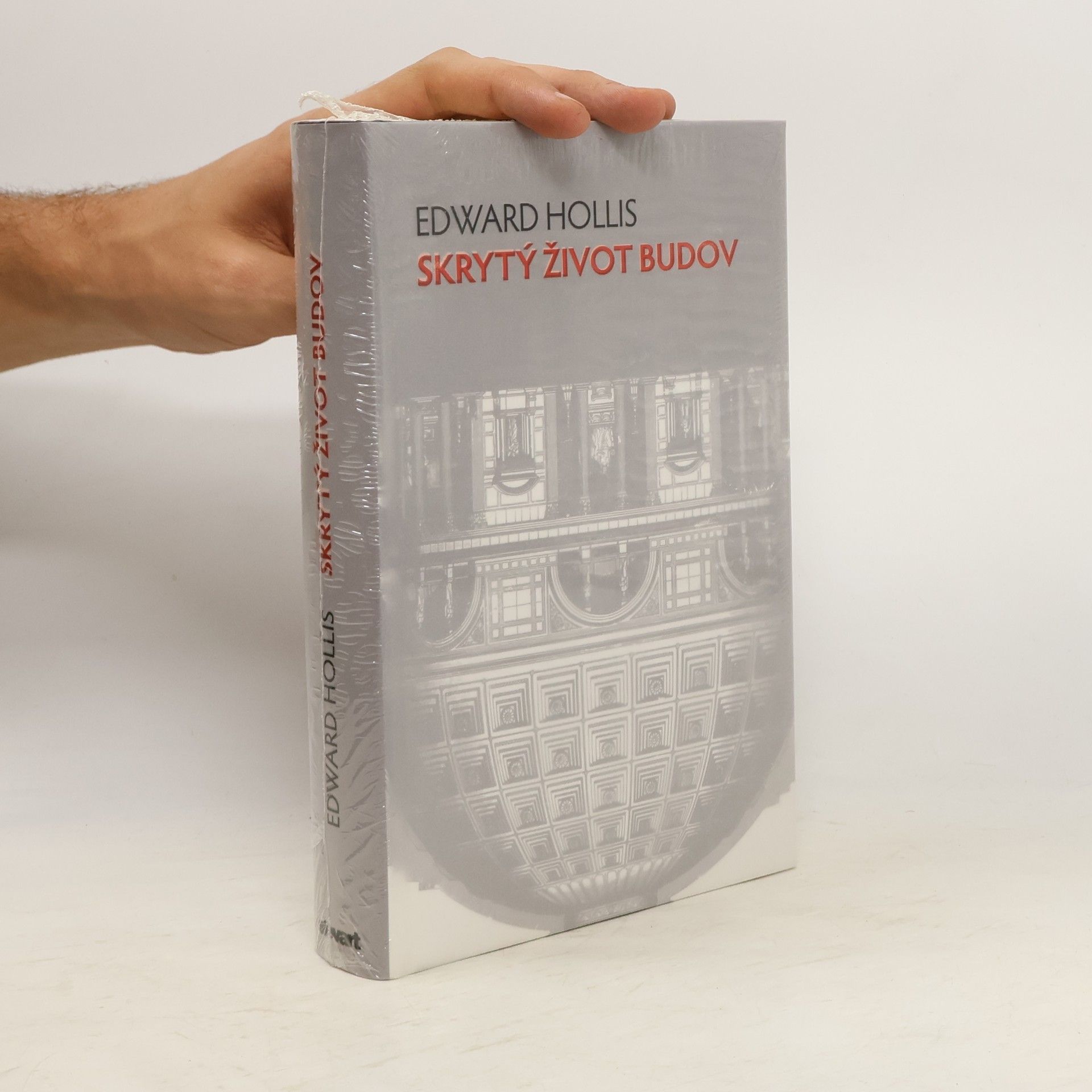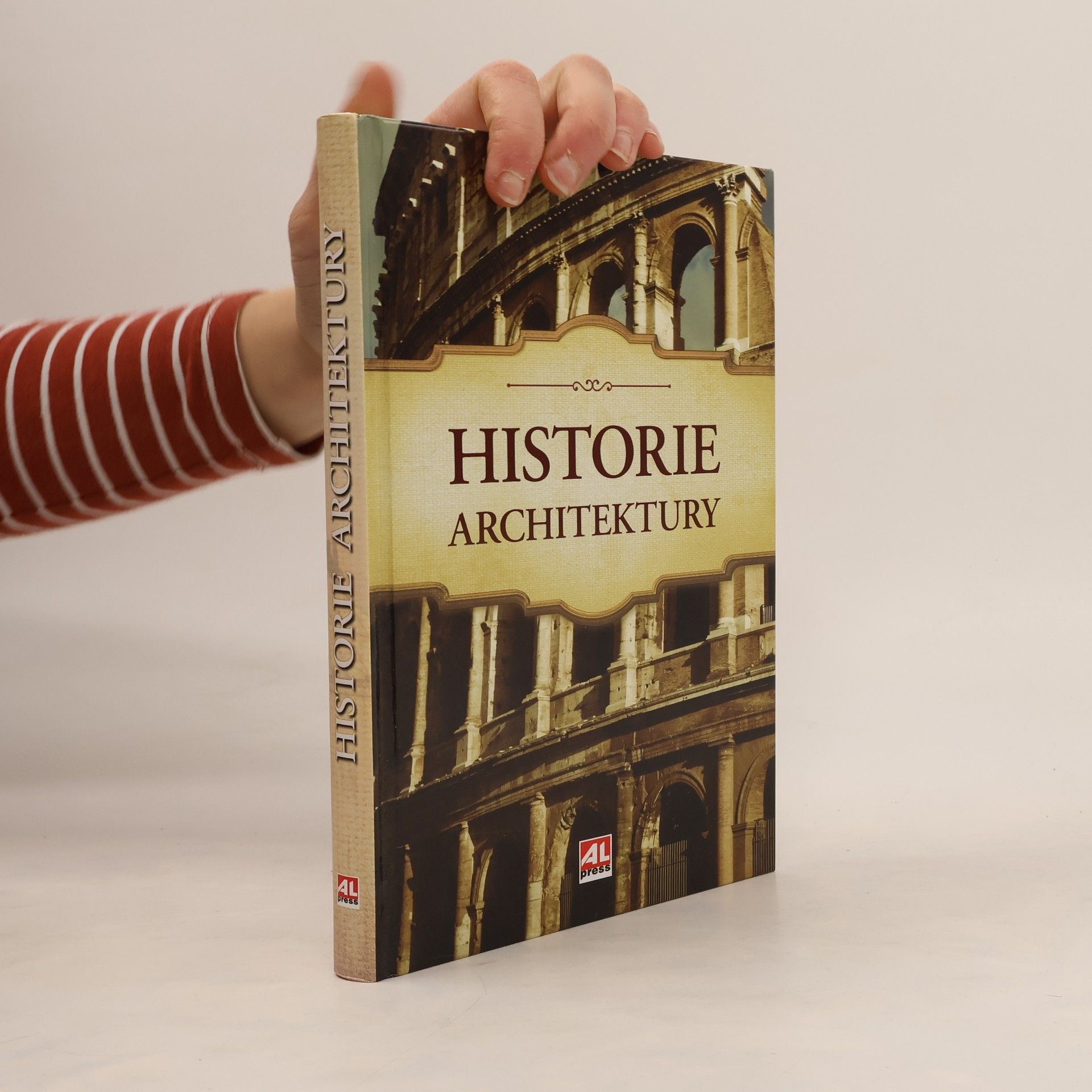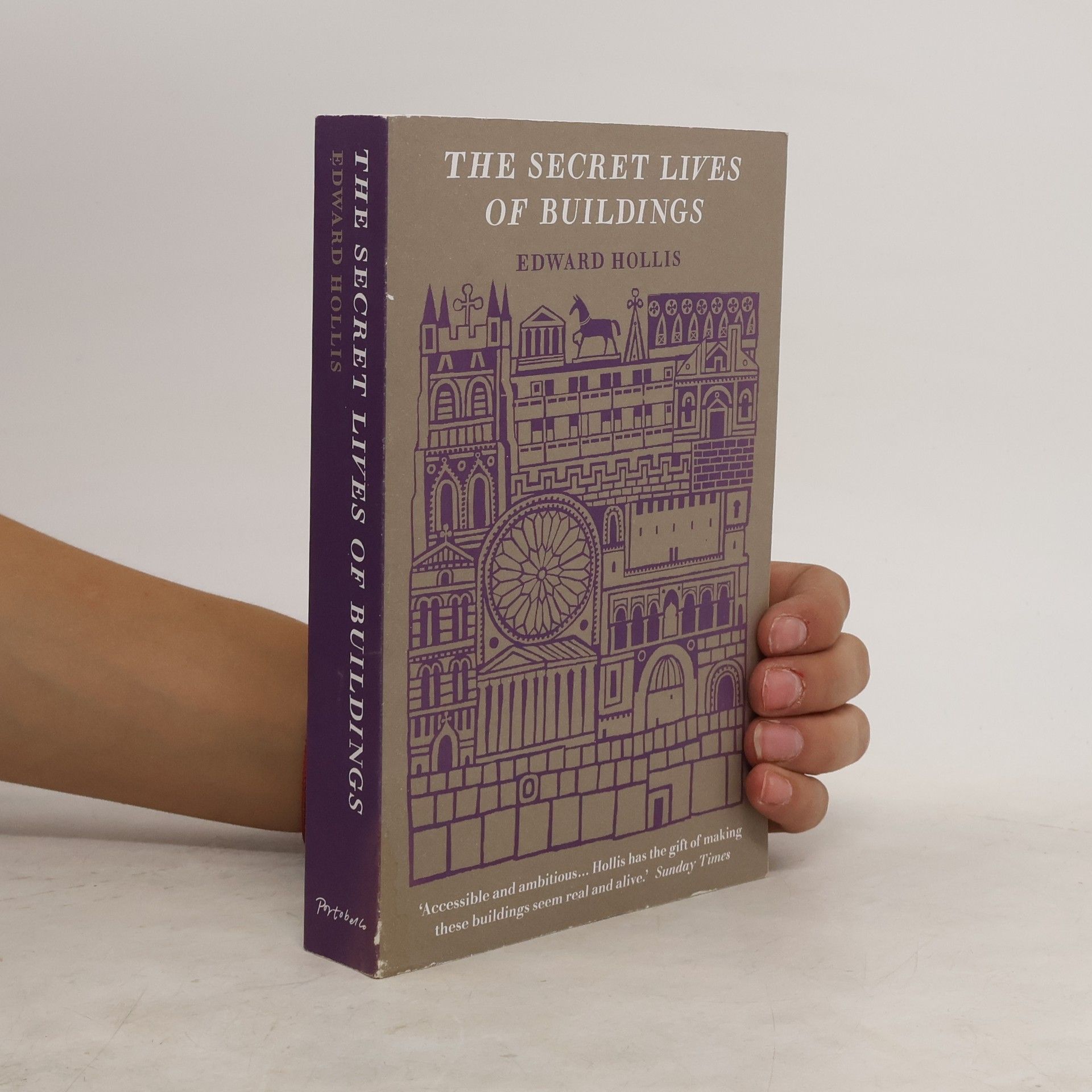The Secret Lives of Buildings
- 448pages
- 16 heures de lecture
Takes us from the colossal achievements of antiquity to their ersatz rebuilding in Las Vegas, telling stories about buildings and the ways they change.
Edward Hollis explore la manière dont les bâtiments et les intérieurs façonnent nos vies et nos mémoires. Son travail explore les récits cachés qui résident dans nos environnements physiques, examinant comment ces espaces influencent nos émotions et nos souvenirs. Par une prose captivante, Hollis invite les lecteurs à reconsidérer leur relation avec les lieux qu'ils habitent. Ses réflexions offrent une compréhension plus profonde de la signification profonde du foyer et de l'intériorité.






Takes us from the colossal achievements of antiquity to their ersatz rebuilding in Las Vegas, telling stories about buildings and the ways they change.
Exploring the concept of interior spaces, this book delves into the significance of built structures, from simple shelters to intricately designed homes. It emphasizes how our environments shape our experiences, as we often find ourselves reflecting on our own interiors. The narrative encourages readers to visualize and appreciate the diverse forms and functions of the spaces we inhabit daily.
Přehledná a podrobně zpracovaná publikace mapuje průřez toho nejlepšího z architektury v průběhu věků. Skvosty sakrální i sekulární architektury různých civilizací ze všech koutů světa přibližují kvalitní fotografie, doplněné kapitolami věnovanými velikánům světové architektury.
Jen málo lidských výtvorů působí tak stabilně a neměnně jako budova. Přesto není život budovy ani jednou provždy daný, ani neměnný. Parthenon, nejznámější rozvaliny antického chrámu, sloužily po staletí jako kostel a mešita, katedrála Notre Dame byla rekonstruována" do podoby, kterou by žádný z původních tvůrců nepoznal, zbytky berlínské zdi, kdysi s nadšenou razancí ničené, se staly vyhledávanými a cennými relikviemi. Autor vypráví příběhy o nejnapínavějších z těchto metamorfóz a ukazuje, jak stavby ztělesňují dějiny západní kultury.
Edward Hollis erzählt, wer die legendären Bauwerke des Abendlandes errichtete, wie sie sich durch die Epochen wandelten und warum sie immer noch faszinieren. Er folgt den Spuren des Zeitgeistes durch die Jahrhunderte, von der Antike über das Mittelalter bis in die Gegenwart. Der Parthenon, geschaffen als Tempel der Athene, wurde unzählige Male erobert, zerstört und überformt und steht doch bis heute für ein Ideal von Schönheit und Weisheit. Die Berliner Mauer ist Endpunkt der Reise. Sie ist als Bauwerk, das eine Stadt und ganz Europa teilte, heute nicht mehr zu erkennen. Dennoch bleibt sie als Symbol dieser Teilung bestehen. Edward Hollis hat ein Panorama der abendländischen Kultur verfasst, das Geschichte greifbar und lebendig macht.